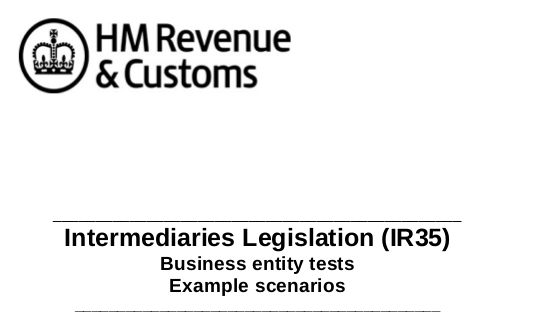Whether you are a new startup or a seasoned investor, understanding business accounts is crucial to staying on top of your business. The numbers don’t lie and will tell you if the business is profitable, if new strategies are working or if remedial action is required. They will also be able to tell you about the financial health of the business ; checking the cash balance at your bank will only tell you part of the story.
http://www.youtube.com/watch?v=HYY_1xf3XPY&feature=youtu.be
Profit & Loss (to record income and expenses)
The Profit & Loss Statement will show the performance of the business over a period of time, usually 1 month or 1 year and will generally have the following headings:
Turnover is the income from selling goods/services to customers.
Cost of sales are the direct costs of materials, manufacturing, labour and other inputs that are used to provide the goods/services)
Gross profit is turnover less cost of sales. If this is negative (ie gross loss), something is not quite right with the business model.
Administrative expenses are the overheads and running costs, such as rent, legal fees and marketing.
Tax is normally due at 20% for limited companies on their profit (ie turnover less costs of sales & admin expenses)
Net profit is the amount left from turnover after deducting all of the costs, expenses and taxes.
Balance Sheet (to record assets & liabilities)
If a property business owes less to its mortgage lender than the value of its property, they will commonly be referred to as having “equity”. Whereas, if the property is worth less than the mortgage, we would say they have “negative equity”. The Balance Sheet helps us to know if any business is in good health or if it is in negative equity.
The Balance Sheet will also separately show how that equity is made up, whether it is from share capital injected into the business by the owners, or whether the equity is made up from accumulated profits. Going back to the property example, if a house was purchased with 25% deposit, on day 1 the equity would relate to the owners investment. However, if at the end of the year the value has increased, the equity will now also include the unrealised profit.
Common items on the balance sheet:
Fixed assets computers, property, vehicles, websites, goodwill: the business uses these assets to carry out its trade and to generate revenue.
Debtors relate to money owed by customers or other borrowers of the business
Stock relates to unsold goods at the end of the year, as well as the value of any work in progress or incomplete projects.
Cash shows the balance at the end of the year.
Liabilities relate to money owed to suppliers, banks, HMRC or other creditors
Share capital is the value of funds injected into the business in exchange for shares. This gives the shareholder a right to the profits after tax.
Accounting adjustments
The final accounts will normally look quite different to the figures you originally provide.
This is because accounts have to comply with laws and regulations, so that they are produced fairly, reasonably and are comparable with other businesses.
For example, if you pay for 1 quarter’s rent in advance and 2 months are after the year end, only 1/3 will be expensed in the current year. The remaining 2/3 will be held on the balance sheet as a prepayment, so that the cost is recognised in the accounts in the same year in which the benefits of the rent are received. This is called the matching principle.
Likewise, if you received a product or service prior to the year end but the supplier didn’t raise an invoice yet, an “accrual” would be recognised to bring the cost into the accounts in the correct year.
Another common adjustment will be for fixed assets. If something is purchased which will give benefits for many years (& it meets certain criteria) then it will normally be “capitalised” on the balance sheet as a fixed asset. For example, a computer will normally be used for at least 2-3 years, so would be a fixed asset. However, if a 6 month warranty was purchased at the same time, this would only give benefits in the current year, and so would be expensed in the P&L as normal
Analysis
There are many ratios and techniques which can be used when analysing and understanding business. We’ll be covering this fully in a future post and so are only briefly mentioning it in this post.
By analysing the Profit & Loss statement you can measure the performance during the last period and also compare to previous periods & expectations. For example, you can monitor gross profit margin and other key performance indicators to check the impact of a new marketing campaign or to see if raising prices has been good for business.
However, profit is not the same as cash. If your customers pay you in 90 days, and but your suppliers only give you 30 days, you could be making a profit but still run out of cash.
Always consider if the liquid assets, such as cash and trade debtors are sufficient to pay back liabilities as they fall due. For example, a business could have plenty of cash and stock available. But if it made a bad choice and can’t shift its stock, it may not be able to repay a bank loan or other creditors for example.


